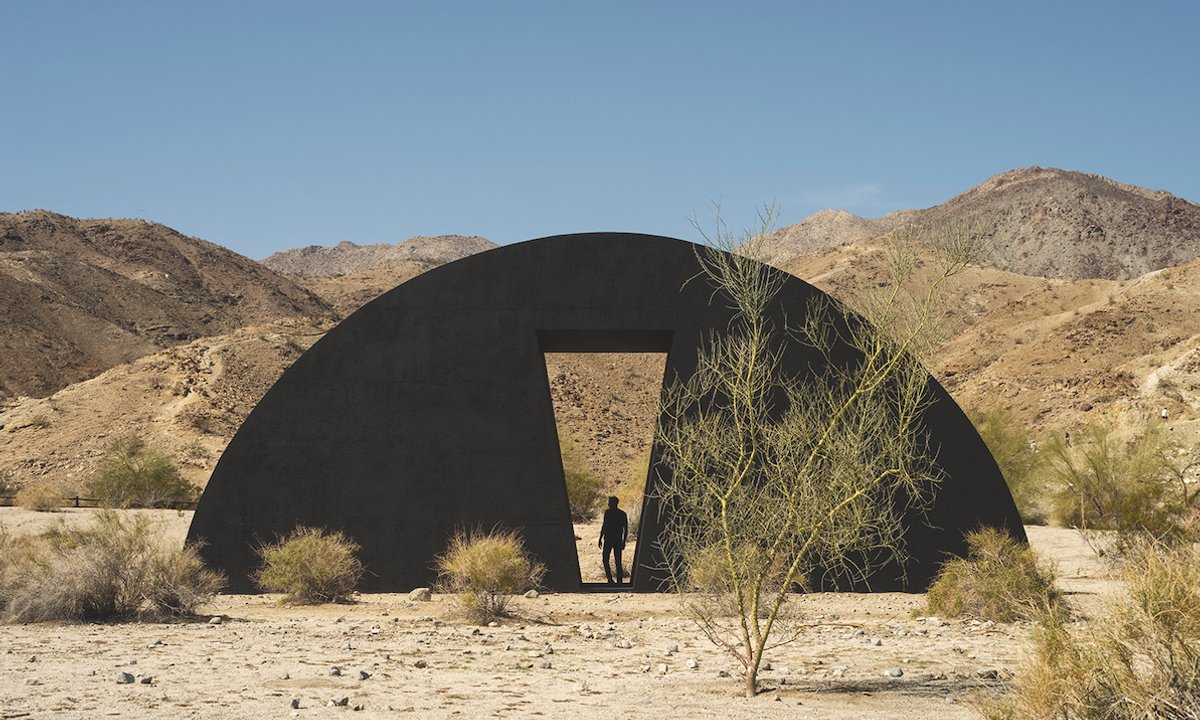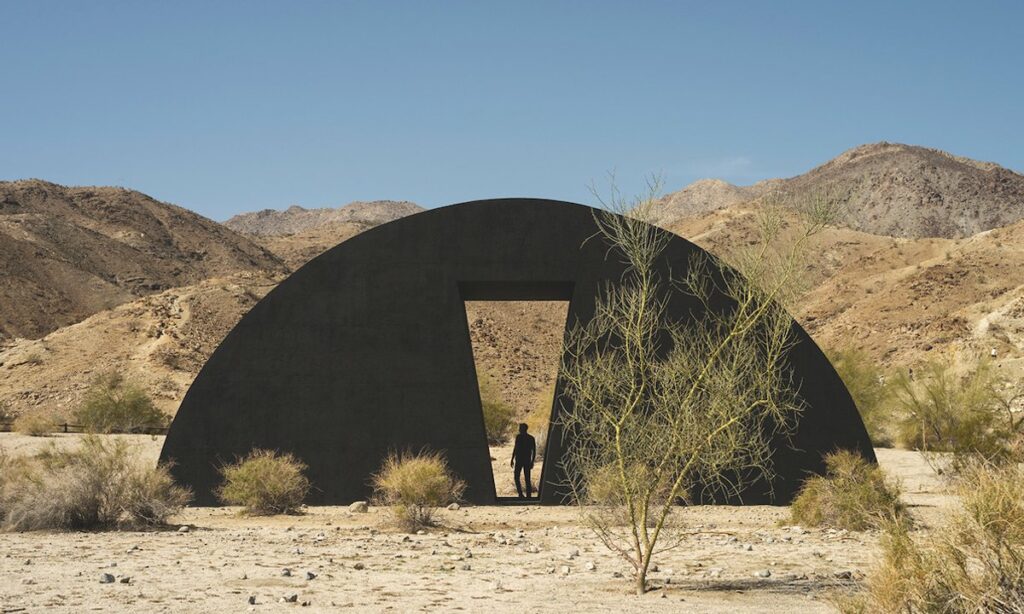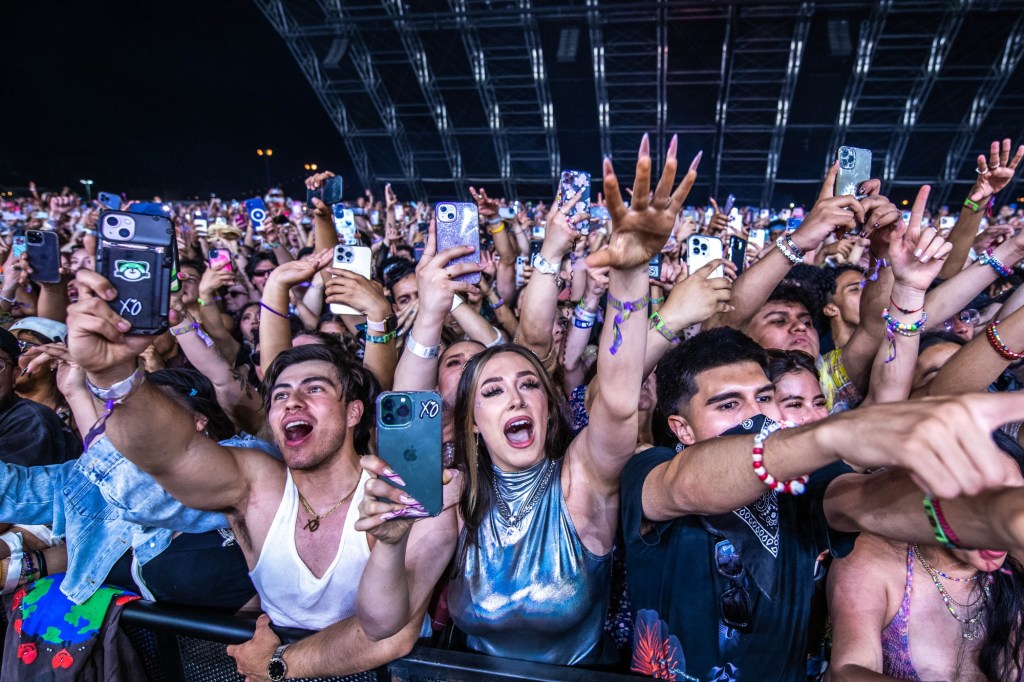[ad_1]
When Susan Davis, the founder and board president of Desert X first envisioned the project nearly ten years ago, she wanted it “to bring contemporary artists to this valley, have them create works so that people could see the valley through a different lens, a contemporary art lens”. Desert X, the exhibition of outdoor installation and performance art, is currently staging its fourth edition (until 7 May) in the arid Coachella Valley. If numbers are signs of success, the fact that it was nearly impossible to book a reasonably priced hotel room in the area during the first weekend of Desert X was telling. The organisers are also in talks to set up another international Desert X after launching a controversial biennial in Saudi Arabia in 2020; they are now considering a third iteration in Mexico.
The current exhibition will likely cost between $3m and $3.5m, Davis says, with costs going up as materials and labour have become more expensive. Each participating artist receives an honorarium as well as travel expenses and production costs, with some of the latter underwritten by sponsors.
A leviathan in the desert
On a chilly March evening in Palm Springs, California, visitors gathered within the walls of a shuttered compound, around a swimming pool eerily lit by a single underwater light. The air was pierced by the crackling sound of static as a steel mesh sculpture slowly rose from murky waters. The work was modelled after the heart of a blue whale, a lumpish oval with arteries. Water dripped from the piece as it levitated, as of its own accord—until visitors realised someone was slowly hand-cranking a pulley lifting the heart of the leviathan. That person was Lauren Bon, one of the 12 artists selected for this year’s Desert X biennial.

Desert X 2023 installation view featuring Lauren Bon’s The Smallest Sea with the Largest Heart (2023) Photo by Lance Gerber, courtesy the artist and Desert X
“The blue whale is the largest mammal that has ever lived on planet earth,” Bon says, “and they used to winter near the Salton Sea.” The water in the pool was brought from the Salton Sea, 60 miles away, a lake once used for recreation that is now so polluted it is unfit for human use.
Bon’s mysterious work, The Smallest Sea With the Largest Heart (2023), fits the biennial’s goal of commissioning art that addresses the desert, the environment and the people who live and previously lived here. Desert X’s artistic director, Neville Wakefield, has had a co-curator every year since the exhibition’s second edition, in 2019. This year his collaborator is Diana Campbell, the artistic director of the Samdani Art Foundation in Bangladesh and chief curator of the recent Dhaka Art Summit.

Desert X 2023 installation view featuring photos from the Originals series by Tyre Nichols GoFundMe Tyre Nichols Memorial Fund, photo by Lance Gerber.
“I really wanted to bring more women and artists of colour into the conversation, because they’re missing from the American Land Art conversation” says Campbell, who is based in Bangladesh but grew up in Southern California and took family holidays in Palm Springs. This year, just over half the artists (seven of 12) are women and there are participants from Mexico and Bangladesh, as well as other parts of the US.
Most of the works are sculptures and installations, and several are participatory. Liquid A Place (2023) by the American abstractionist Torkwase Dyson is a black, semi-circular monument that includes a central doorway as well as a staircase accessible from either end. “It’s based on geometries that enabled Black freedom,” says Campbell.
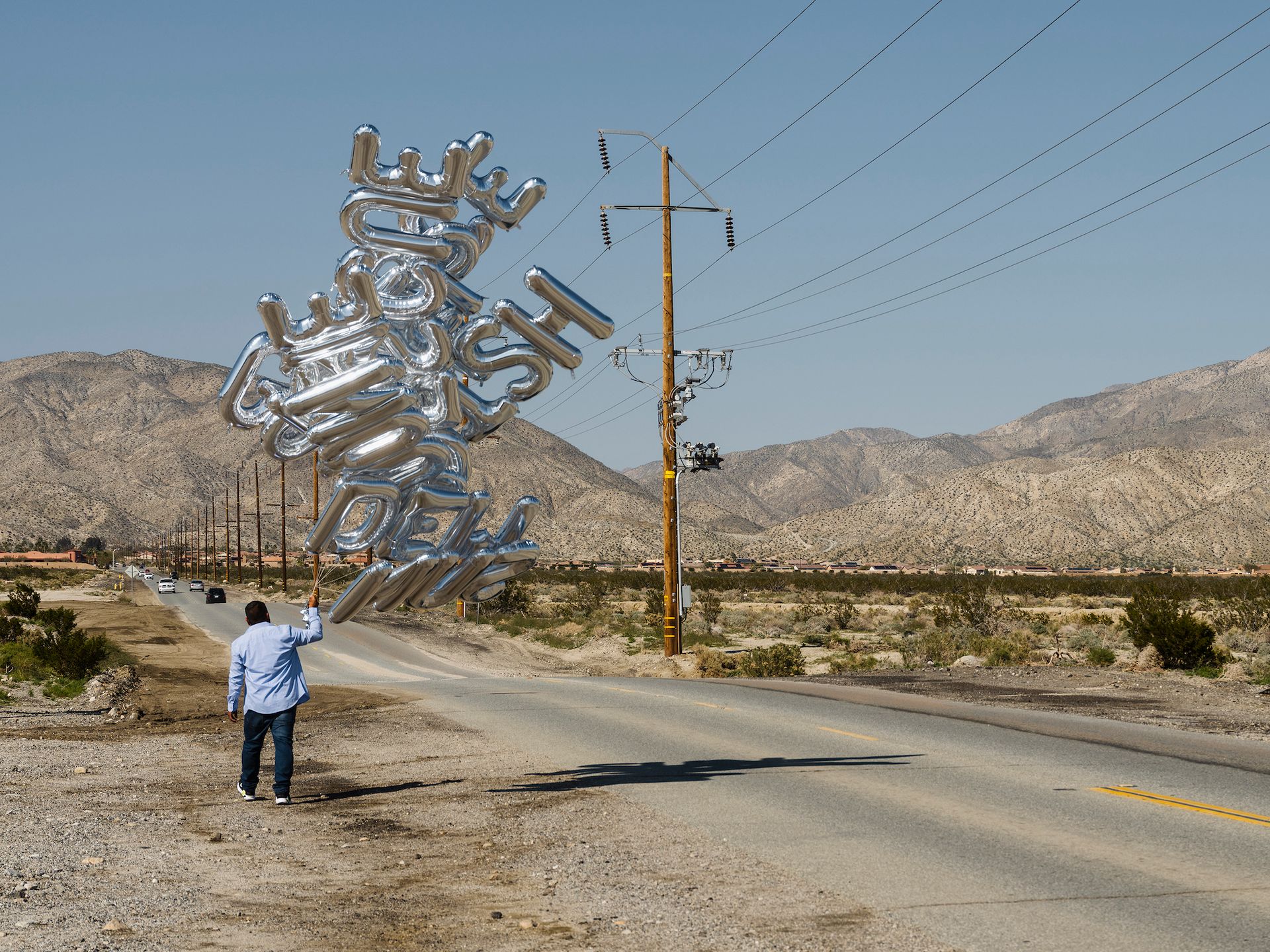
Desert X 2023 performance view featuring Héctor Zamora’s Chimera (2023) Photo by Lance Gerber, courtesy the artist and Desert X.
Chimera (2023) by the Mexican installation artist Héctor Zamora was an action staged during the exhibition’s opening weekend. Street vendors were hired to walk the streets of the town of Desert Hot Springs holding bundles of inflatable silver letters that spelled words such as “dream”, “denied” and “mirror”. While providing a moment of delight for passersby, they were also meant to provoke questions. “It’s far more political than it looks,” Campbell says. “They’re words that are relevant to the migrant experience.”
The most interactive work may be Gerald Clarke’s Immersion (2023), an outdoor gameboard built next to a North Palm Springs community centre. The work’s pattern is inspired by Cahuilla basket weaving (Clarke is a member of the Cahuilla, a band of Native Americans who have inhabited this region for millennia). Using a deck of cards or an app, a player advances square by square towards the centre of the work by correctly answering questions about Native Americans. “What I really want is for visitors to understand what they don’t know about indigenous people,” says Clarke, who teaches at University of California, Riverside, and knows first hand that students can learn from games. “I fully expected some people to cheat because, you know, cheating, that’s part of American history.”
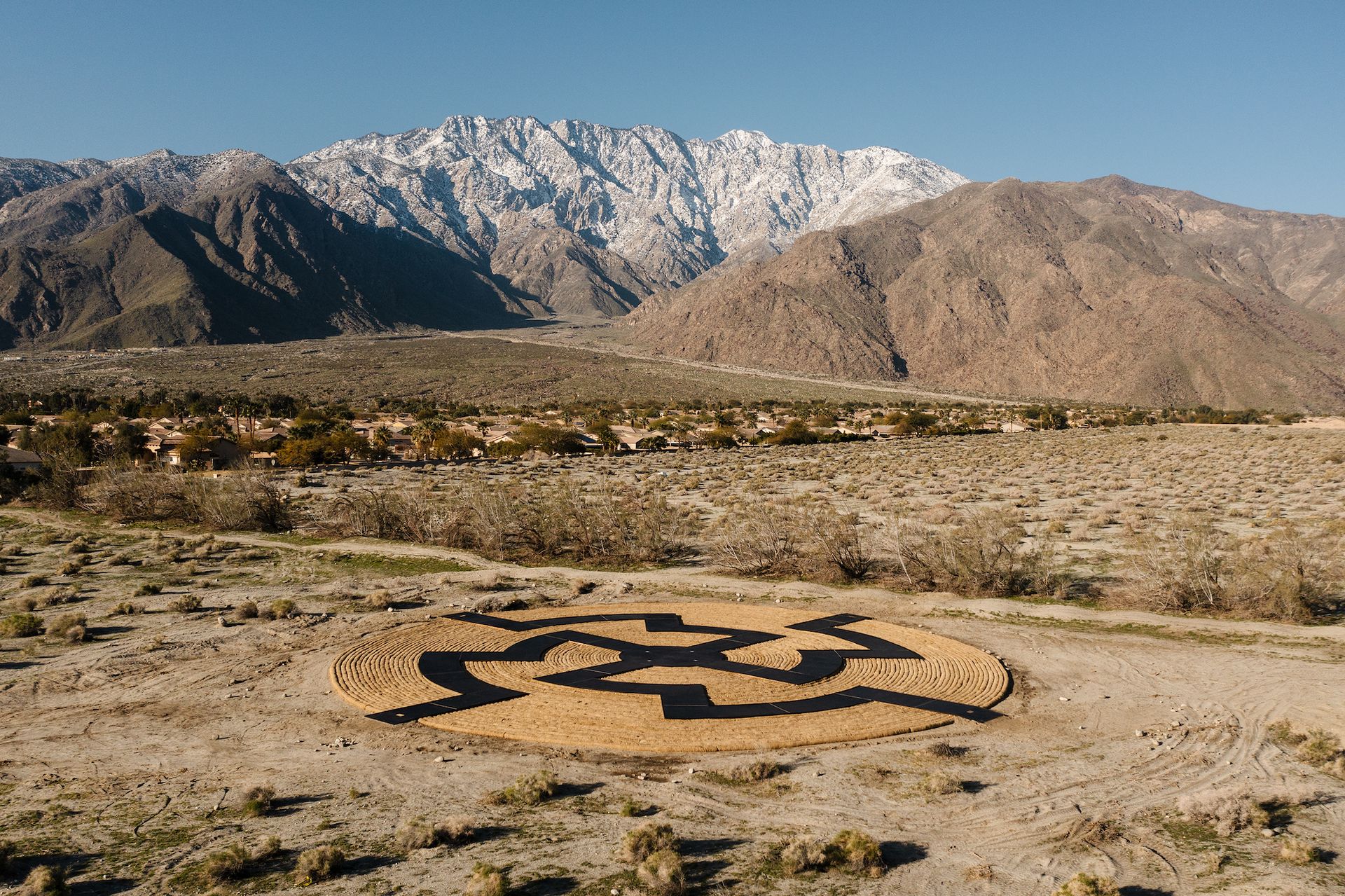
Desert X 2023 installation view featuring Gerald Clarke’s Immersion (2023) Photo by Lance Gerber, courtesy the artist and Desert X.
One work which brings smiles both for its scale and its humour is Sleeping Figure (2023) by Matt Johnson. Made with stacked and angled train cars, it looks like a derailed train or, more abstractly, a man lying on his side having a nap, his head propped up on an arm. Every so often a real train runs past it on the adjacent tracks.
Desert X’s environmental impact has been top of mind for both administrators and artists. Materials from the current edition will be removed and recycled, with some being donated, reused for other projects or returned to artists’ studios. Bon’s floating whale heart installation is a case in point: electricity for its lights and loudspeakers is generated via solar panels; and the static sound is created by the underwater interchange of three pieces of metal acting as an anode and the heart sculpture acting as a cathode. Bon expects that the salts and minerals in the water will be drawn to the heart, and that by the end of the exhibition the water will have been cleansed. The solar panels will return to her studio in Los Angeles, and the purified water to the Salton Sea.
- Desert X 2023, until 7 May, at various locations in the Coachella Valley, California
[ad_2]
Source link

